I get calls on a pretty regular basis from friends and family members asking for advice on buying new dSLR cameras and lenses. I thought that laying the basics out in a {Life Love Lens} Wednesday blog post would be helpful for some of you out there. So here is the nitty gritty. :)
First, there are a lot of camera equipment brands out there, but the two best/most popular are Canon and Nikon. I suggest sticking to them. They are both wonderful and have basically the same cameras in each level so it comes down to a personal preference. The best advice I can give you is to go to a camera shop and hold both of them. One will probably feel "right" in your hands and the other will probably feel "wrong." Go with what feels more natural to you. (FYI, I am a Nikon girl!) ;)
After you have chosen a side (Go Nikon!) LOL, you have to look at your budget and how you will be using your camera. For most of you, I suspect you will be shooting snap shots of your kids and documenting family events. You can pretty much spend as much as you want, but I will concentrate on the "must-have's" (according to me.) For dSLR camera bodies, you want to look at a few key factors:
full frame vs. cropped sensor
number of megapixels
light sensitivity (ISO range)
and extra's (video capabilities, etc.)
Most mid-range dSLR's have cropped sensors. I could go over this for several paragraphs but instead I will give you the "cropped"version (hehe.) ;) So, back when we used film SLR camera's they shot in one dimension - 24mm x 36mm. The new digital cropped-sensor models crop the field of view so that your picture is of the middle portion of the shot, while throwing away the outsides. The "full frame" dSLR's are equivalent to the old film models. Full frame dSLR's are larger, heavier, generally better in low light and more expensive. For the purposes of photographing your kids and family, a cropped sensor is all you will need. There is no need to spring for a full frame unless you will be investing in higher end lenses and/or shooting landscapes on a regular basis. My advice: Save your $$ for lenses and purchase the cropped sensor camera body.
Megapixels: Basically, the more megapixels the better, but, here's my 2 cents.....Once you get more than 12 mp you have enough. Unless you will be printing billboards, you don't need 24mp. The end. ;)
Light Sensitivity: When you are looking at camera specs is might say something like: ISO Sensitivity 100-6400. If you don't know what ISO is, check back to this LLLW post on that. The higher the available ISO the better, but you want to try to stay at least 2-3 stops below the max ISO at all times.
Extra's: This is where your personal use will factor in. Do you need/want video capabilities? If so, there are lots of great dSLR's with amazing 1080p video features.
Next step....lenses.
A lot of camera's come with a kit lens or two. My opinion of kit lenses....eh. They're usually fine, not great, but usually fine. If you want to improve your photos the biggest factor is your lens. And you can get some great lenses for not that much money!
My suggestion for your first lens purchase is the 50mm prime. It is not a zoom lens, your legs will have to do the zooming, but you WILL see the difference! It is fast and sharp and easy to use. Nikon has a 50mm f1.4 and a 50mm f1.8, Canon has a 50mm f1.2, f1.4 and f1.8. (You always want to get the Autofocus and the USA version.) The "f" number is important when looking at lenses. Ideally you want the lowest f-number possible, but as the f number goes down, the price goes up. My advice: get the best lens you can in your budget. If you don't remember what the f-stop (aperture) is check back on this post again. The f number determines how wide your aperture will open and in turn, how shallow your depth of field is. You know that creamy background in most pro photog shots? Well, that is called "bokeh" and that is what you are after by making your depth of field smaller.
OK, so now that you have your dSLR camera and lens, your next step......practice, practice, practice. Check out these tips here and here for more info and advice on that. :)
I hope this helps you a bit. Please let me know if you have any questions or want some more details....I have been slacking on my Life Love Lens Wednesday post, and need some more ideas!!
Thanks for stopping by!
Don't be afraid to leave a comment and/or "Pin It!" :)
~Kerry


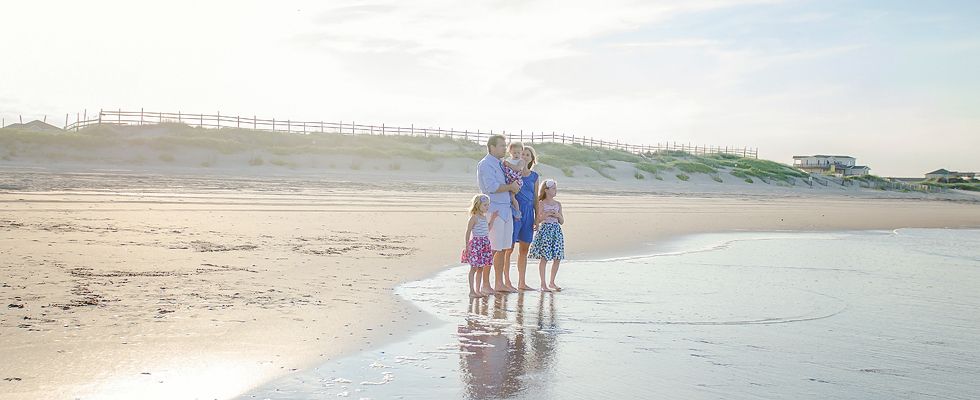
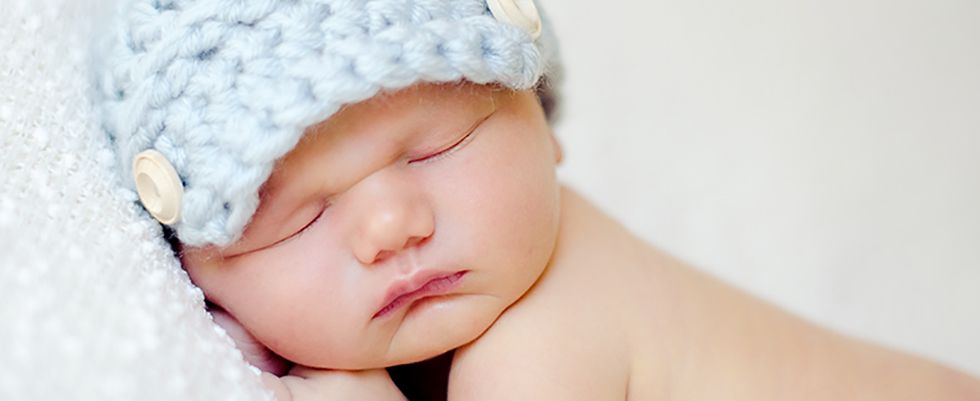

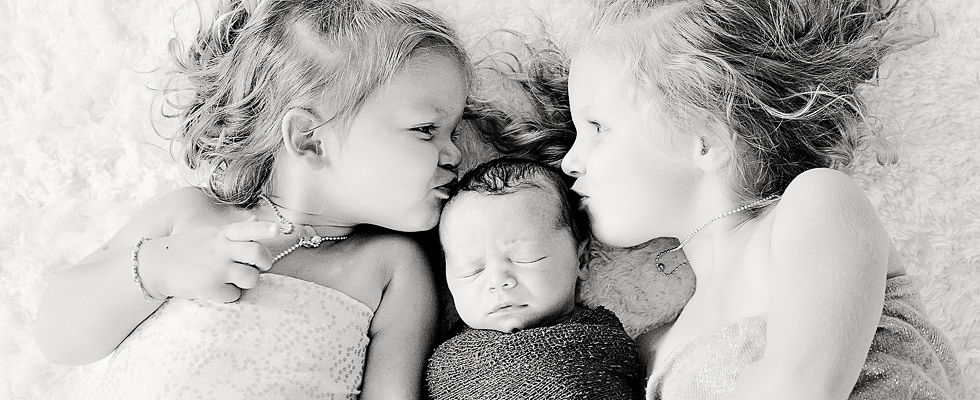
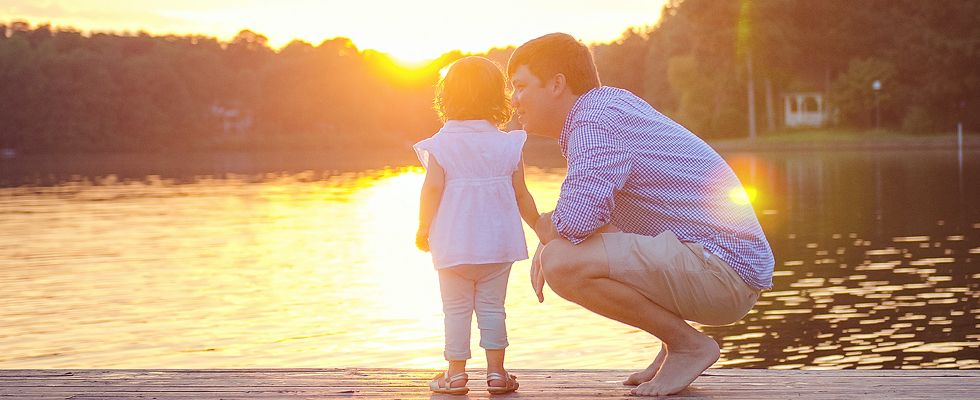
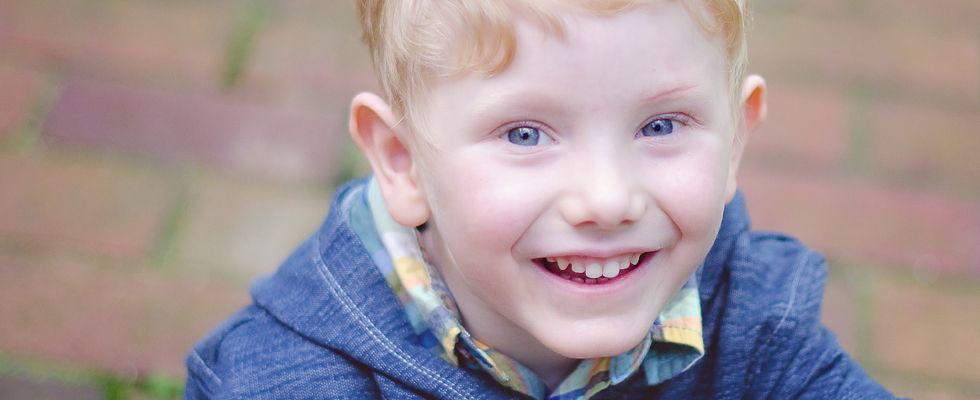











Great advice. I am following it so far. I have my Nikon and just got a 50 mm lens for Christmas. I love it for one child pictures, but I have trouble getting 2 or more kids to work with it.
ReplyDeleteI want a lens for sports photos next. What should I get? Nathan plays tball and soccer.
ReplyDeleteHi Christina! Thanks for the comments. :) Photographing sports can be difficult, but you should look for something longer, like possibly this one: http://www.bhphotovideo.com/c/product/449088-USA/Nikon_2161_AF_S_VR_Zoom_Nikkor.html
DeleteDo you have a kit lens that goes to 200mm? If so, try that first and see how it works out. Good luck!! :)